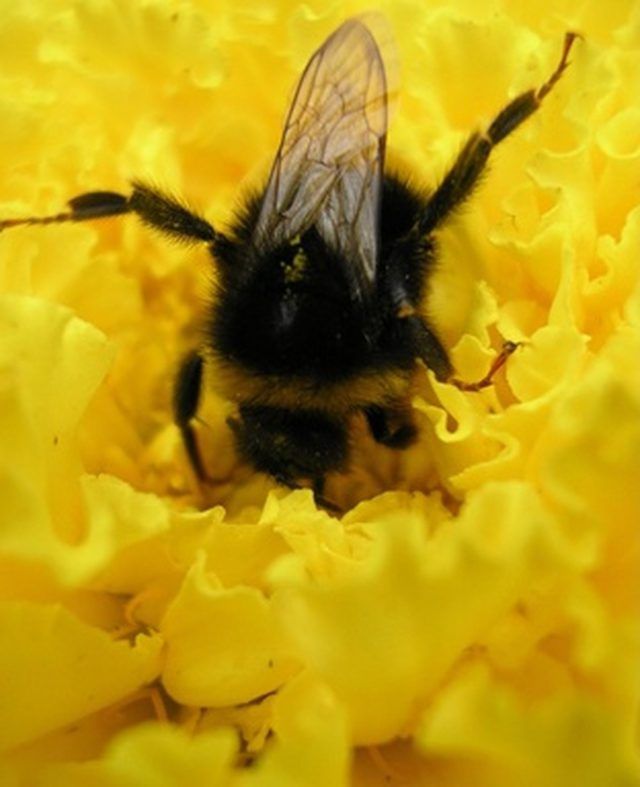Bulbs
Flower Basics
Flower Beds & Specialty Gardens
Flower Garden
Garden Furniture
Garden Gnomes
Garden Seeds
Garden Sheds
Garden Statues
Garden Tools & Supplies
Gardening Basics
Green & Organic
Groundcovers & Vines
Growing Annuals
Growing Basil
Growing Beans
Growing Berries
Growing Blueberries
Growing Cactus
Growing Corn
Growing Cotton
Growing Edibles
Growing Flowers
Growing Garlic
Growing Grapes
Growing Grass
Growing Herbs
Growing Jasmine
Growing Mint
Growing Mushrooms
Orchids
Growing Peanuts
Growing Perennials
Growing Plants
Growing Rosemary
Growing Roses
Growing Strawberries
Growing Sunflowers
Growing Thyme
Growing Tomatoes
Growing Tulips
Growing Vegetables
Herb Basics
Herb Garden
Indoor Growing
Landscaping Basics
Landscaping Patios
Landscaping Plants
Landscaping Shrubs
Landscaping Trees
Landscaping Walks & Pathways
Lawn Basics
Lawn Maintenance
Lawn Mowers
Lawn Ornaments
Lawn Planting
Lawn Tools
Outdoor Growing
Overall Landscape Planning
Pests, Weeds & Problems
Plant Basics
Rock Garden
Rose Garden
Shrubs
Soil
Specialty Gardens
Trees
Vegetable Garden
Yard Maintenance
How to Get Rid of Large Bees
How to Get Rid of Large Bees. There are an assortment of large bees that inhabit the United States, with the most common being carpenter bees and bumblebees. Both species look very similar. They have large bodies and black and yellow coloration. Both types of bees are territorial in nature and will actively defend their territory, though both are...

There are an assortment of large bees that inhabit the United States, with the most common being carpenter bees and bumblebees. Both species look very similar. They have large bodies and black and yellow coloration. Both types of bees are territorial in nature and will actively defend their territory, though both are quite reluctant to sting. They can be a nuisance, but getting rid of them isn't too difficult.
Things You'll Need
Bee species specific insecticide
Hand bellows
Dowel Rod
Identify the bee. The first thing you need to do when determining how to get of large bees is to determine what bee you are dealing with. Carpenter bees and bumblebees look a lot alike. Carpenter bees tend to hang around wooden structures alone and guard them fiercely. Bumblebees however, are usually encountered in the garden gathering pollen or under a flat structure where the nest can usually be found.
Treat carpenter bee holes. In order to begin the process of repelling carpenter bees, the young must be killed. To do this, treat each carpenter bee hole with commercially prepared insecticide designed specifically for carpenter bees. These can come in the form of sprays or powders. Allow the hole to remain open so that the adults can walk through the insecticide as well, killing them within a few hours to a day or so.
Fill carpenter bee holes. Carpenter bees are best persuaded to find other digs if the holes that they bore into wooden structures are filled. Carpenter bees will return to the same holes year after year if they are not plugged. The easiest way to do this is to purchase a few 3/8" dowel rods and cut them into 1 to 2 inch lengths. Simply plug the hole that the carpenter bee makes with the dowel rod.
Find the bumblebee nest. Drones gathering pollen should be left alone as they provide a very important function in your flower and vegetable gardens. Without these pollinators, odds are your garden won't do very well. However, eliminating bumblebee nests will go a long way to protecting your family and pets from nasty stings. Most bumblebee nests will be found under items like wide, flat boards, large flat rocks and other flat items.
Treat the nest. Removing a bumblebee nest can be done as a do-it-yourself project, but keep in mind that there is a good possibility that you're going to get stung, potentially more than once. If you choose to do this project yourself, plan to attack the nest at night, when the bees are less active. Use an insecticide powder formulated specifically for bumblebees such as Delta Dust or Drione Dust and use a hand-bellows duster to pump the insecticide deep within the nest. Be prepared to administer the treatment at least twice.
Eliminate the nest. After the bees have been killed, remove the items that cover the nest and remove the dead or dying bees. You should allow the pesticide to work up to one week before attempting to remove the nesting material.
Tips & Warnings
Lage bumblebee nests should be removed by a professional exterminator to prevent serious injury from bee stings.